Solutions
Web Push Notifications
“Don’t Use Web Push Notifications!” Demystifying the Biggest Prejudices About Web Push Notifications
6 October 2021
How to Use Web Push Notifications for B2B
20 August 2021
Web Push Notifications Performance: Key Metrics to Track!
12 August 2021
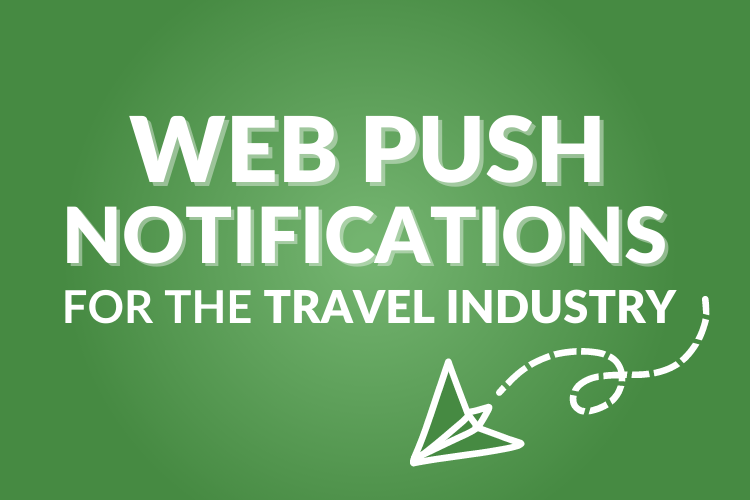
Web Push Notifications for the Travel Industry
8 July 2021
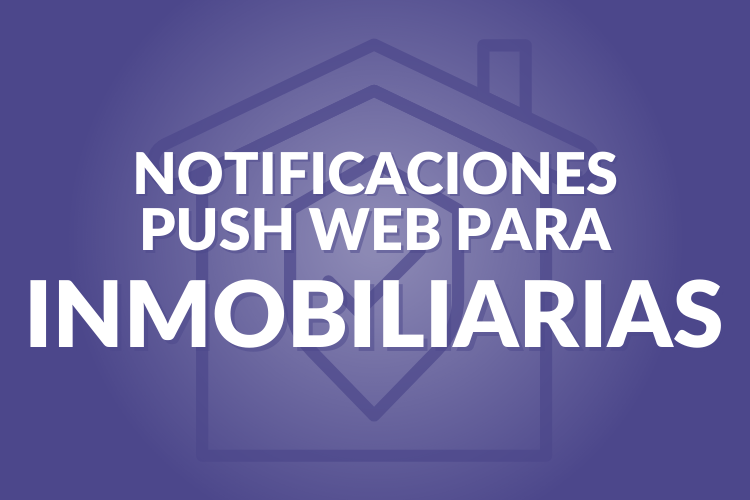
Real Estate Marketing: Boost your Business with Web Push Notifications
28 May 2021
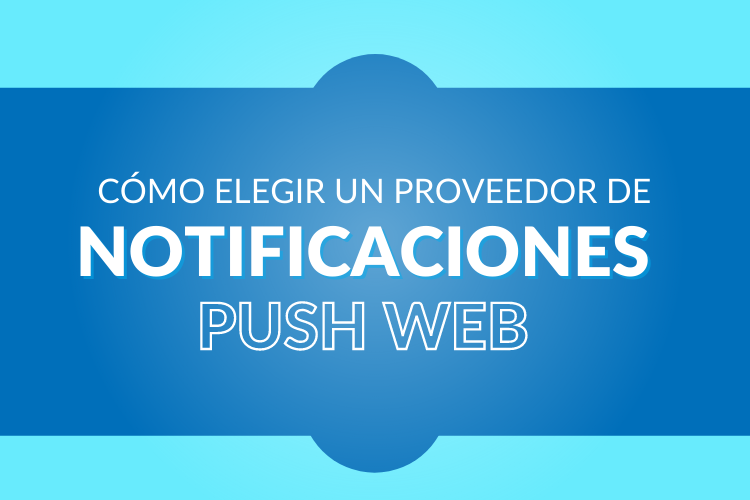
How to choose the right Web Push Notification Service
18 May 2021
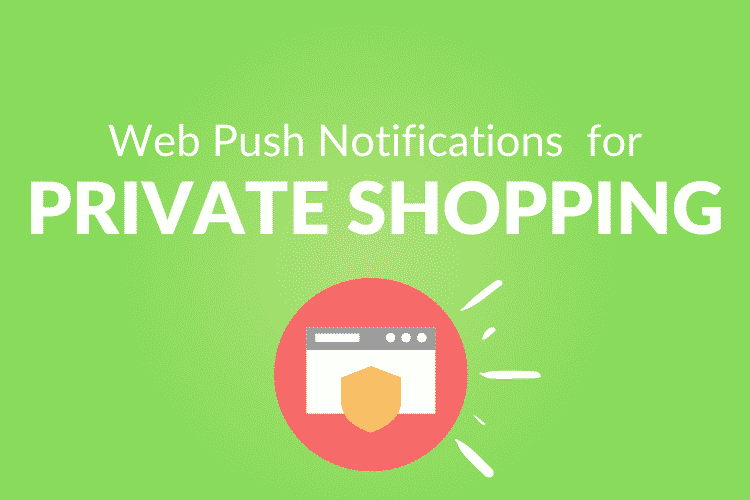
Private Shopping Sites: Web Push Notifications Strategies
28 April 2021

Social Media Retargeting VS. Web Push Notifications Retargeting
9 April 2021

Multi-Channel Marketing Strategy Orchestration
7 April 2021
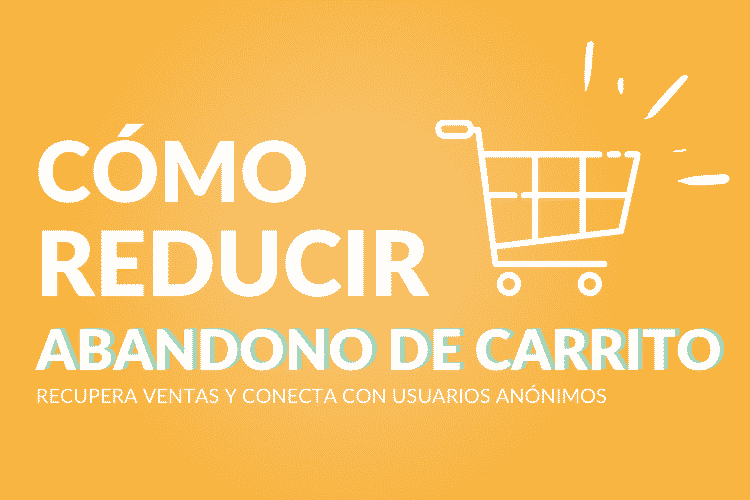
Cart Abandonment Recovery Strategies for E-commerce – Recover Lost Sales
22 March 2021
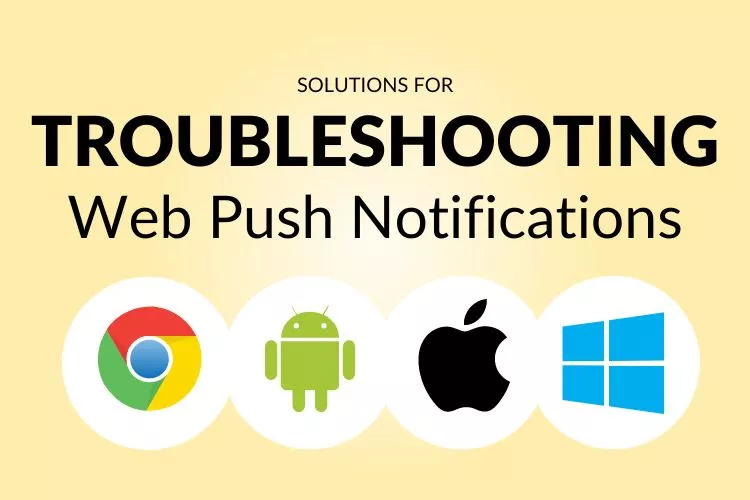
Troubleshooting Web Push Notifications: Why I’m I not Getting Notifications
15 March 2021

Web Push Notifications Campaigns VS. Retargeting Ads Campaigns
9 March 2021
